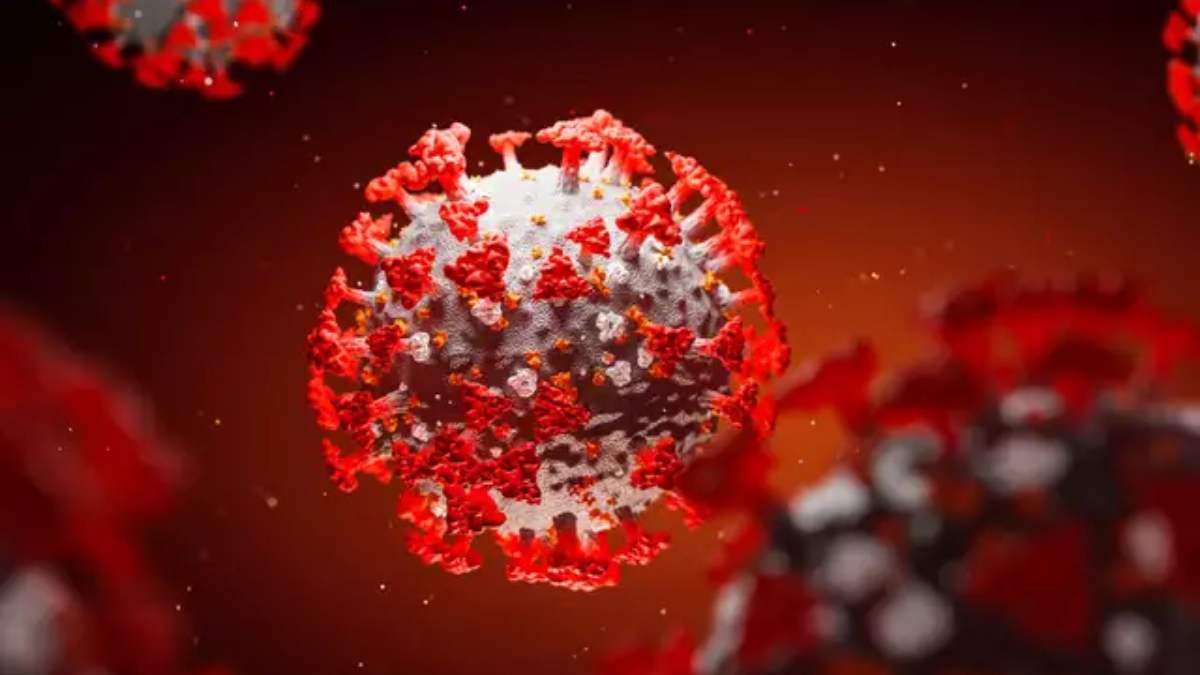
It was in the month of March that meetings were being conducted in different health organisations in India and many hospitals to formulate plans to tackle coronavirus regarding which there was a paucity of information other than that available from studies conducted in China, anecdotal stories on the social media and the newspapers. It was a mystery disease with hardly any scientific details regarding its course, treatment modalities that work and the long-term effects. Over the past eight months or so we are wiser and have some answers to the first two issues; the post-recovery effects of the disease are still a mystery. In April and May, we were many times criticised for spending exchequers money on the preparations that were carried out for setting up dedicated Covid-19 healthcare facilities.
However, June and thereafter proved the healthcare policymakers correct—there was a huge surge in the number of infected patients and the hospitals started getting full, both with mild and severe disease. The requirement of critical care beds increased in a geometric progression and it became tough for doctors to deal with so many patients.
So, what did we as health caregivers do right? Preparedness plus wait and watch mantra that every health institution was instructed to follow was proven to be correct. Deferment of routine surgeries, procedures and hospital admissions were also justified. There was a time when all these actions were strongly criticised. The political will to fight Covid-19 was a great help. As a country, we did so reasonably well.
During the initial days of the pandemic, two scientific words became household names in India—ventilators and PPEs. The first came in from the West due to the acute shortage of such devices in those countries and lead to innovations like ‘Y’ connections that could be used to run multiple ventilators in series from a single source of oxygen and mechanised devices to press breathing bags that could push oxygen into the patients’ lungs. All such innovations were never found to be useful and hardly used before. The second word PPE proved to be the wonder word for the safety of healthcare workers. Fortunately, both of these issues were managed reasonably well by the government.
The pandemic is not over yet, and we need to channelise our efforts to improve the healthcare delivery systems that would provide the best possible benefit to our citizens. The commissioning of a greater number of ICU beds and availability of vaccine is being considered as the “saviours” of the human race at present. Vaccine availability is surely something that everyone is looking forward to but only time would tell us the impact it has on disease prevention and /or decreasing the symptoms of the disease.
Of late older patients and those with comorbidities suffering from Covid-19 are dying in larger numbers. Therefore, at present commissioning of more number of ICU beds is one of the most important things that the authorities are working on. Availability of a larger number of such beds may sound to be very comforting but we are missing on a very important component of intensive care—the healthcare staff to manage the intensive care gadgets and the critically ill patients. The government has missed on policies to promote the training of various categories of health workers in the management of critically ill patients. In good intensive care units, a nurse-patient ratio of 1:1 is mandatory at all times. Further, these nurses are specially trained to work in intensive care units. It is common knowledge that during pandemics such ratios cannot be maintained, but in a country, like India, such ratios were never present even during non-pandemic times. Further, with more hospital beds being converted to ICU beds with cardiac monitors and ventilators the nursing care is going to be substandard. Other than nurses, there is an acute shortage of physiotherapists, technicians, and sanitary workers in Covid intensive care units.
The government would surely be able to procure/ buy cardiac monitors, ventilators, and all other machines required to provide care to sick patients but the need is of efficient, trained manpower who is willing to work in stressful conditions where there is a potential risk to get infected with the dreaded disease. Lateral thinking and innovative ideas are the need of the hour.
The writer is from the department of anesthesiology, pain medicine and critical care & chairman, clinical managerial group at JPNATC designated Covid-19 hospital, AIIMS New Delhi.